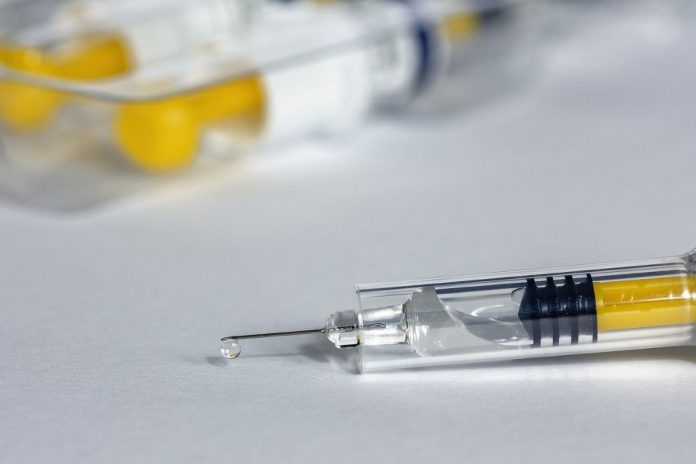Alberta Health Services, in order to keep up with the pace of new COVID-19 cases, is changing how it will conduct contact tracing when it comes across a positive case.
The agency says it’s also recruiting more people to help in the growing effort of contact tracing.
During Thursday’s update, the province reported 800 new cases of coronavirus in Alberta, another new daily record of infections. That increase is putting a strain on health-care workers, said Dr. Deena Hinshaw, Alberta’s chief medical officer of health.
“Unfortunately, as cases have risen rapidly, we are experiencing challenges in our contact tracing teams. AHS does not currently have the capacity to call every contact of every case, in a timely way,” she said in the update.
Officials at AHS also emphasized the issue.
“This volume is unprecedented,” AHS said in a release. “(Our) contact tracing team is working tirelessly to meet demand. However, to help this team – and the health of our communities – we are engaging Albertans to support contact tracing efforts.”
Beginning Nov. 6, AHS will temporarily change their method of notifying close contacts of positive cases.
Under the new process, health-care workers will call the close contacts of cases in the following three priority groups:
health-care workers
minors (parents will be notified if their child has been exposed in the school setting)
individuals who live or work within congregate or communal facilities
Anyone who is outside one of these groups and tests positive for coronavirus is asked to contact all individuals they believe they came into close contact with on their own.
“Event organizers will also still be directed to notify event attendees of an exposure and workplaces will be informed by AHS of a case and directed to send out the notification to employees.”
Close contacts are anyone who was within a two-metre distance of a positive case of COVID-19 for more than 15 minutes. It does not matter if that person was wearing a mask or not.
“Close contact is also someone who has had direct contact with bodily fluids of a person who has COVID-19 (e.g., was coughed or sneezed on), or who provided direct care for a person who has COVID-19.”
































